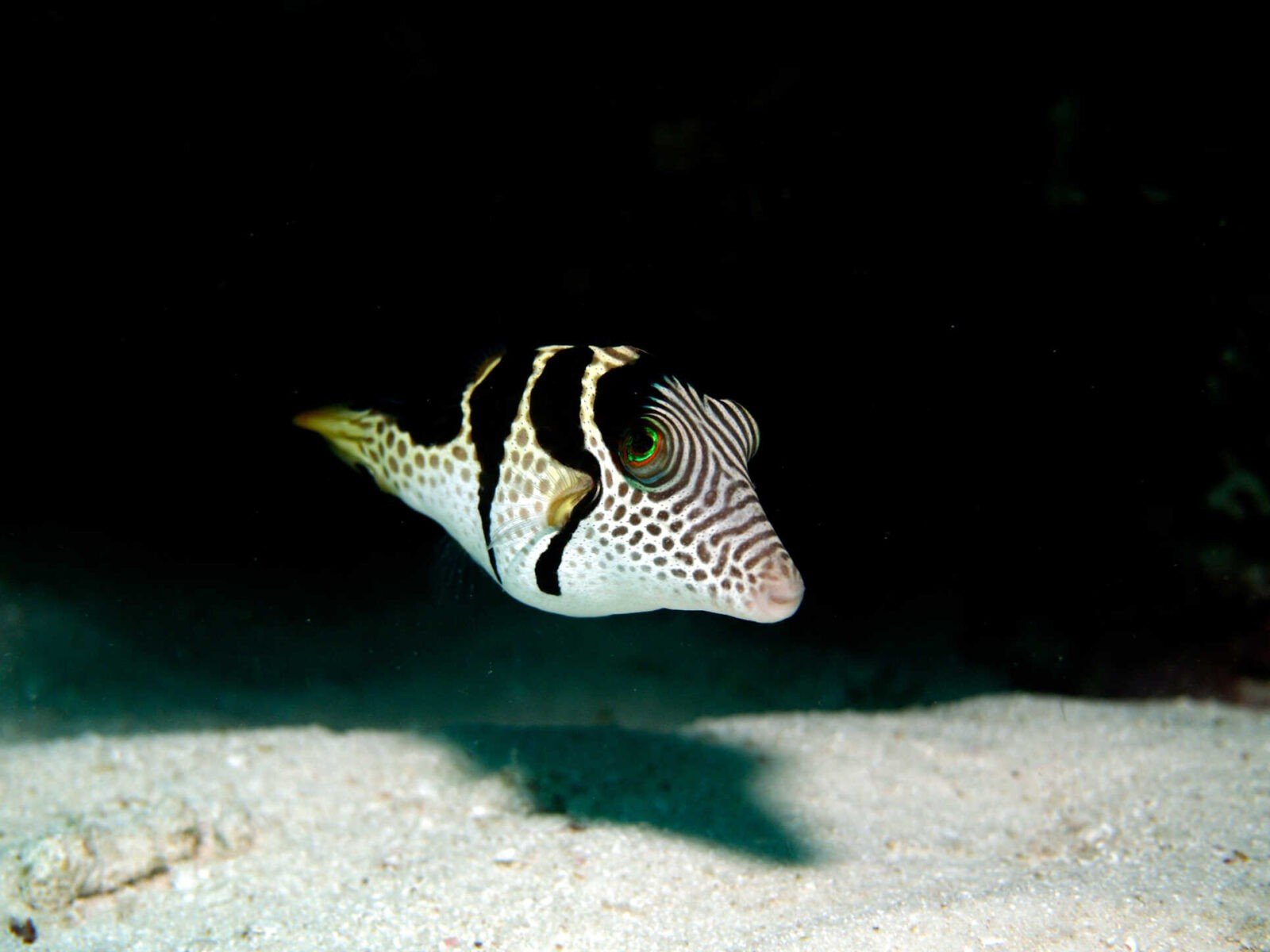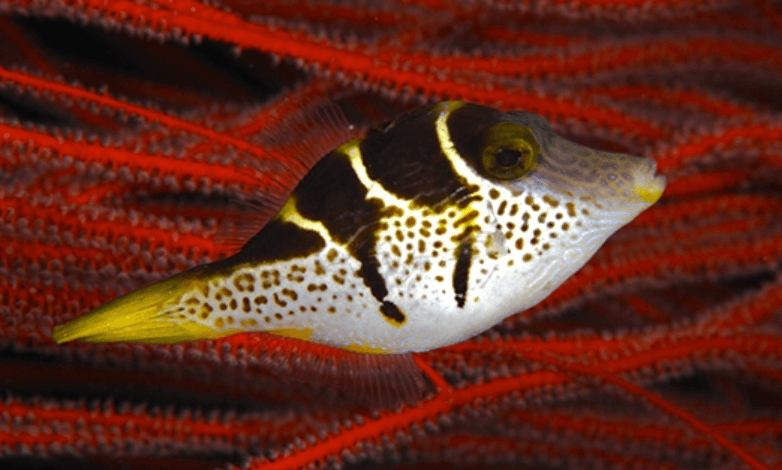One of the biggest survival challenges faced by all types of organism across all the planet’s ecosystems, is to not get eaten. Animals, plants and fungi alike have evolved all sorts of methods of avoiding being a tasty lunch for something that is larger, stronger or hungrier, whether it’s camouflage, poisonous spines, or simply being very fast!
One of the more unusual methods used by some creatures to avoid being eaten is Batesian mimicry. Batesian mimicry is when a tasty, edible or defenseless species copies the colour, size, shape or behavior of another species that does have its own defenses. In this way, the harmless species can benefit from the defenses of the species it mimics, without having to possess them.
This Batesian mimicry is common in frogs, snakes, insects and even some plants and fungi. For example, the harmless king snake has adopted a colour pattern of black, red and yellow bands that is very similar to that of the very poisonous coral snake. Meanwhile, here in the lagoon and on the house reef at Gili Lankanfushi, we have our very own living example of Batesian mimicry involving two very different fish species that look almost identical!
The adorable four-saddled pufferfish (Canthigaster valentine), also known as Valentin’s sharpnose puffer, is a very small species of fish that grows up to only 11 cm. You can find this pufferfish all throughout the Indian Ocean, Red Sea and some of the Pacific Ocean too. The four-saddled puffer is highly poisonous to eat due to having the neurotoxin, tetrodotoxin, in its skin and other tissues. This toxin is commonly found in many pufferfish species. Like other puffers, the four-saddled puffer is also capable of inflating its abdomen with water to make it look larger than it is, and so, more difficult to eat.

Over time, predators have learned that these four-saddled pufferfish are not edible and so avoid eating them and their eggs and larvae. This means that the four-saddled puffer lives a relatively stress-free life and does not need to worry about guarding its eggs or hiding in the rocks. Eager to have the same privileges, the mimic filefish (Paraluteres prionurus) has evolved over many years to look almost identical to the four-saddled puffer. The mimic filefish did not need to waste evolutionary or metabolic energy creating its own toxins or defense mechanisms, but instead copied the colour patterns of the puffer, so that predators think that they are the same toxic fish.
This method of Batesian mimicry only works however, in areas where there are plenty of four-saddled pufferfish. If predators eat too many mimic filefish without any side effects, they will no longer believe that they are toxic. It is for this reason that you will find the mimic filefish occupying the same territories as the puffers they are mimicking.
There are some differences that help us humans tell the filefish and pufferfish apart. The mimic filefish has a longer dorsal fin that starts closer to the head, while the puffer has one small dorsal fin towards the tail. The mimic filefish also has a dorsal spine that can be raised and lowered above its head. This is absent in the puffer, but is also not easy to see on the mimic filefish either, if in the lowered position. The puffer tends to have more defined black dots, while the mimic filefish has more of a reticulated pattern.

How closely the mimic filefish resembles the puffer also changes in different regions. Here in the Maldives, the mimicry is not so convincing as in the Pacific, with the mimic filefish having a strong reticulated pattern in the white areas of skin. So next time you visit Gili Lankanfushi, jump in our lagoon and try to spot one of these little pufferfishes, and see if your detective skills are strong enough to work out if they’re the real deal!